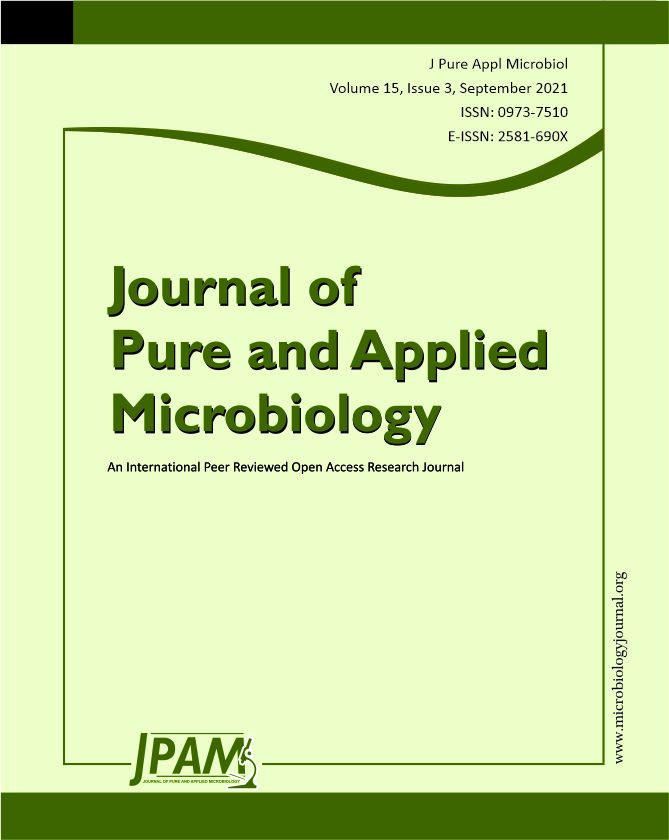The main objective of the study was to find out the contamination of different types of microbial organisms and their resistance pattern on the dresses and stethoscopes of the health care workers in order to evaluate the risk of transmission of microbial organisms and its consequences on safety of the patient and control of hospital acquired infections (HAIs). Swabs were taken from the dresses of 100 different healthcare workers from 4 different areas namely collar, pocket, sleeves and sides and 100 stethoscopes (diaphragm) were tested for bacteriological analysis using standard techniques. Then each health care worker were given a structured questionnaire and requested to fill the form which includes his or her speciality/unit, cadre, practice of hand hygiene, white-coat or uniform usage (Example: duration of usage, frequency of washing, type of washing etc). The collar and pockets were found to be the most contaminated areas. Gram-positive cocci such as Staphylococcus aureus and Coagulase-negative Staphylococci (CONS) were the important organisms isolated from the dresses and stethoscopes of health care workers followed by Gram-negative bacilli such as Pseudomonas aeruginosa and Klebsiella species. Among the microbial organisms, Staphylococcus aureus and CONS were resistant to the drugs like Co-trimoxazole and Penicillin-G. Organisms isolated from the dresses and stethoscopes of health care workers could be a source of infection to immunocompromised patients. Hence, frequent washing of the dresses and strict disinfectant practices of the stethoscopes will minimize the contamination with microbial organisms and the patient safety is improved in the hospital environment.
Microbial contamination, dresses of health care workers, stethoscope
© The Author(s) 2021. Open Access. This article is distributed under the terms of the Creative Commons Attribution 4.0 International License which permits unrestricted use, sharing, distribution, and reproduction in any medium, provided you give appropriate credit to the original author(s) and the source, provide a link to the Creative Commons license, and indicate if changes were made.


